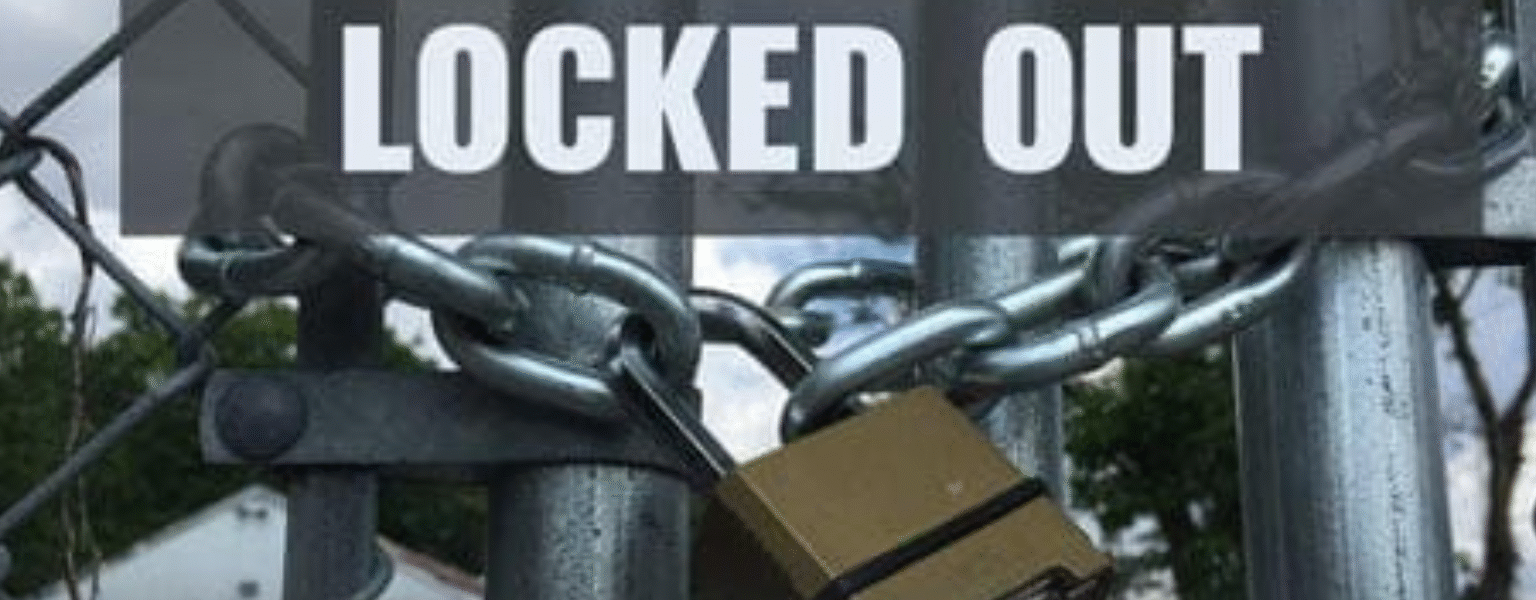Industrial relations often come with challenges, and among the most common are strike and lockout situations. Understanding the difference between lockout and strike is crucial for employers and management, as both have a direct impact on productivity, reputation, and overall operations.
What is a Strike and Lockout?
Employees generally initiate a strike as a form of protest to voice their demands related to wages, working conditions, or other employment issues. On the other hand, a lockout is an action taken by the employer that temporarily denies workers access to the workplace.
Difference Between Lockout and Strike
The main difference between lockout and strike lies in who initiates the action. Employees organise strikes to pressure management, whereas employers initiate lockouts to compel workers to accept certain conditions or prevent industrial unrest from escalating. For employers, understanding this distinction is crucial, as it determines their legal responsibilities and strategies for maintaining industrial peace.
Employer’s Perspective on Strike and Lockout
From a management viewpoint, both strikes and lockouts result in financial loss and reputational risks. However, employers often use lockouts as a defensive tool to protect assets, ensure safety, and prevent unlawful employee activities. Being aware of the legal provisions and compliance requirements enables employers to act within the framework of the law while safeguarding their business interests.
Section 25f of Industrial Dispute Act and Its Significance
Section 25F of Industrial Dispute Act deals with the conditions for retrenchment of workmen. It requires employers to provide notice, compensation, and follow prescribed procedures before retrenchment can take place. Non-compliance may expose an organisation to legal disputes, penalties, and reputational damage. For management, this section serves as a reminder to ensure that every action taken during industrial disputes complies with legal requirements.
How Employers Can Manage Industrial Disputes Effectively
- Establish clear communication channels with employees.
- Maintain proper documentation of employment terms.
- Consult legal experts before taking actions like retrenchment or lockout.
- Develop internal dispute resolution mechanisms to avoid escalation.
- Regularly update management teams on labour law compliance.
Conclusion
Employers who understand strike and lockout laws, including the distinction between the two and crucial provisions like Section 25F of Industrial Dispute Act, are better prepared to ensure business continuity. Proactive compliance, timely legal advice, and strategic planning can help organisations manage disputes while maintaining stable and aligned operations with the law.

